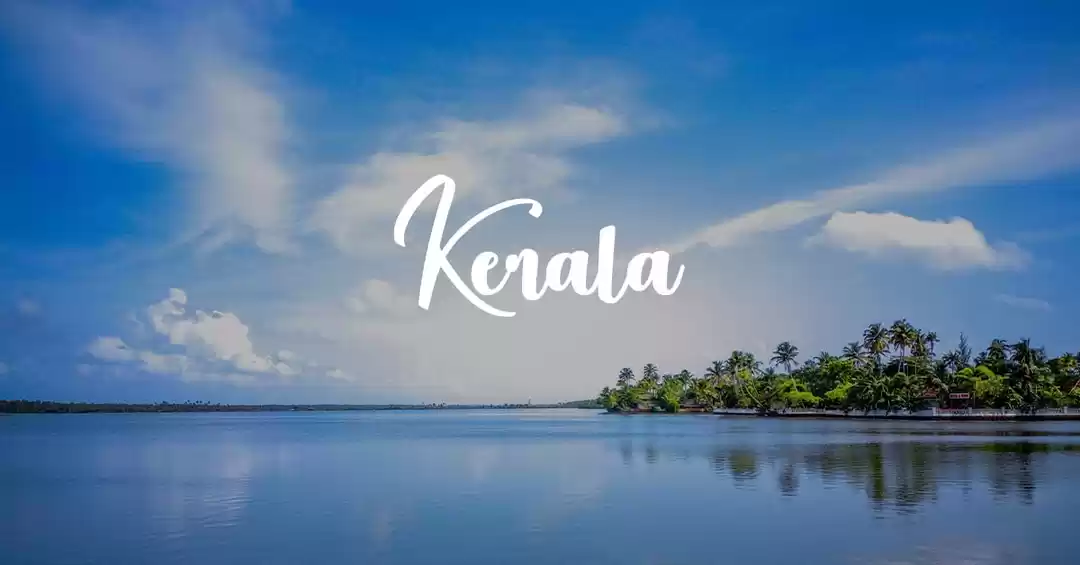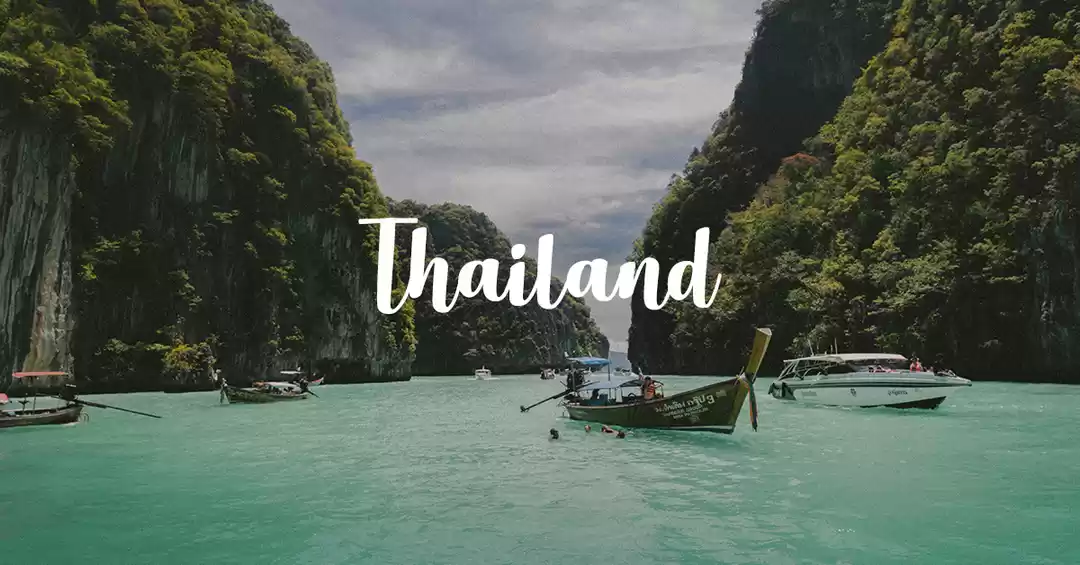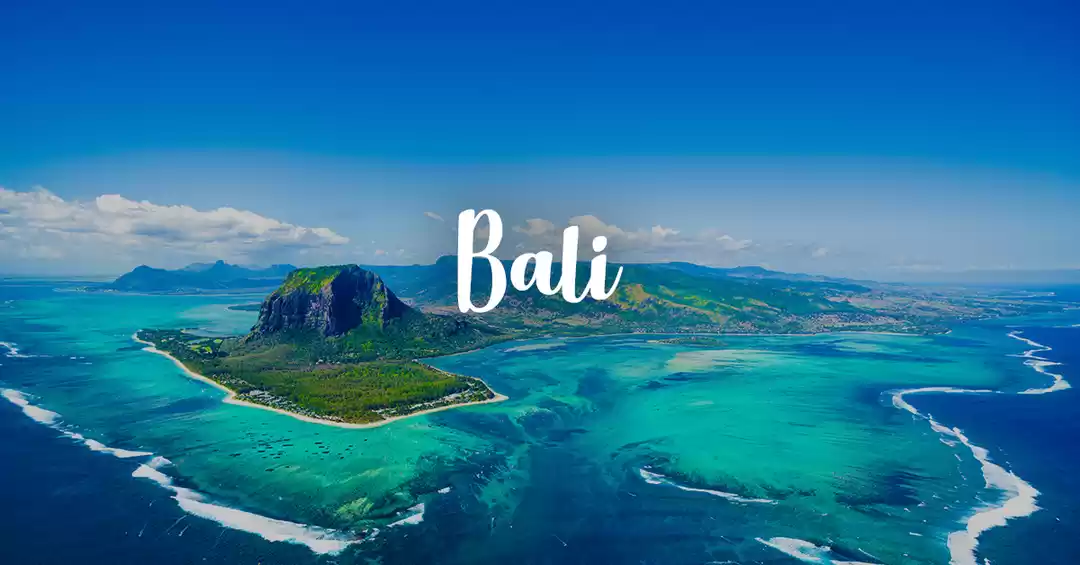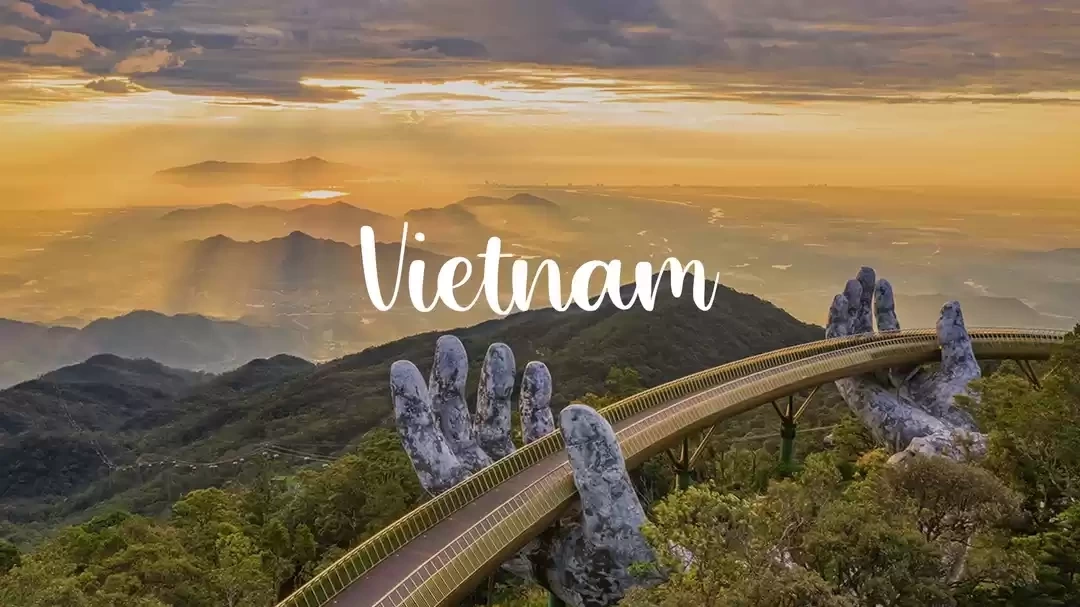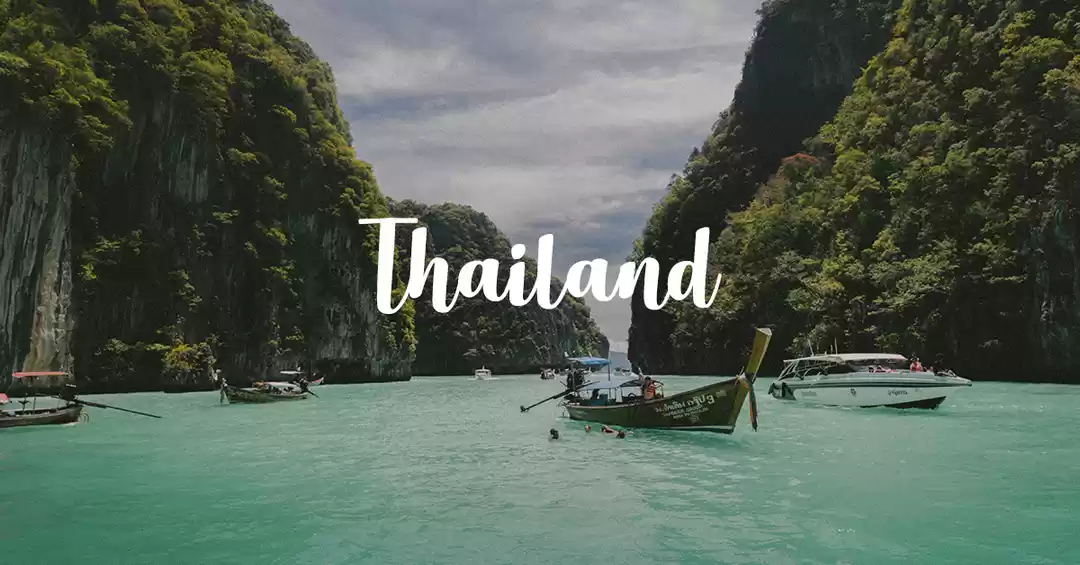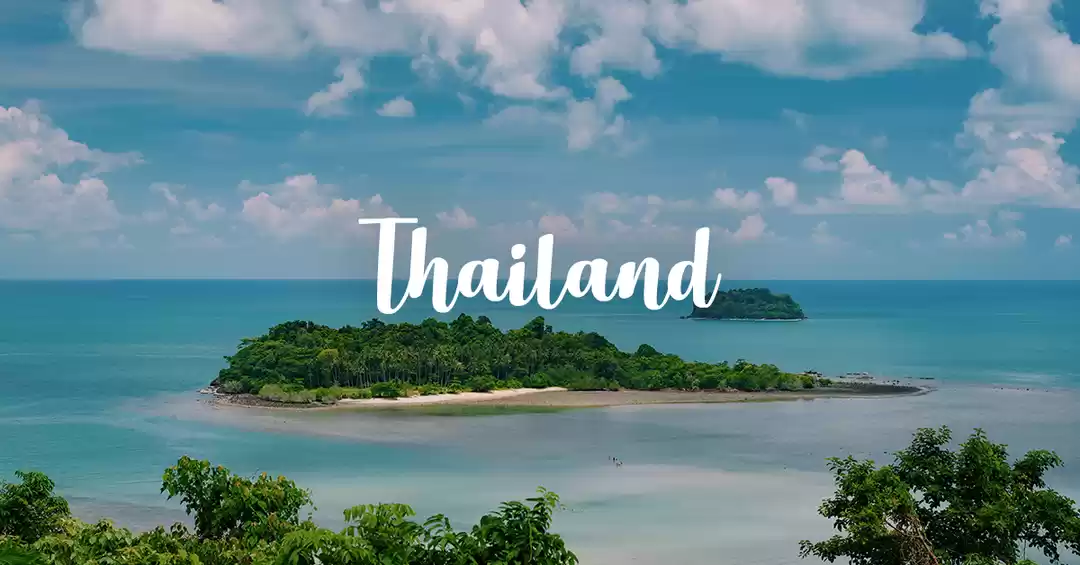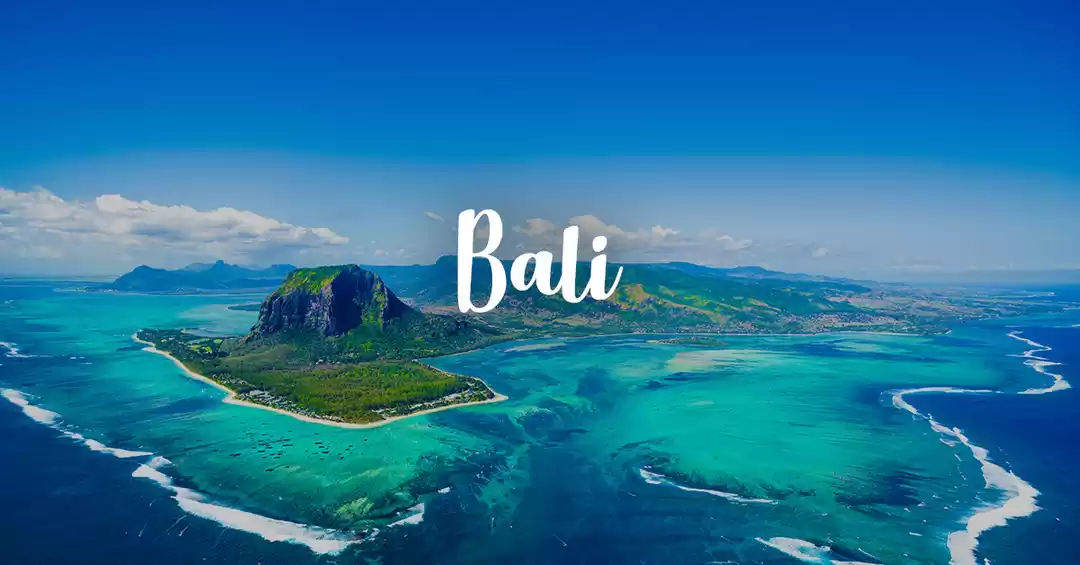
In this article, a traveler will get khopra trek information in detail about the trekking trail, weather, the process of getting a trekking permit, available food and accommodation, and many more.
Highlights:
A unique experience of traditional culture and lifestyle because of community-based lodges.
Lush forests with waterfalls cascading down along a well-worn trail.
Breathtaking views of snowcapped mountains.
Beautiful sunrises and sunsets among the Himalayas.
Little to no crowd.
Flashy nightlife along the lakeside of Pokhara.
Introduction
Among the hills and by the mountains lies a 3660m high ridge nestled between Tatopani and Khayer Lake. Khopra trek is a perfect alternative trekking trail for beginners. Peppered with waterfalls, cobbled stone ways, and swaying suspension bridges, Khopra feels like an ideal travel montage. It differs from other treks in the sense that accommodations are Community-based lodges.
The end of the khopra ridge trek leaves you with a spectacular 360° view of mountain ranges such as Mt. Dhaulagiri(8167m), Annapurna South(7219m), and other glimpses of Mt.Annapurna-I(8091m), Mt. Macchapucchre(6993m), Annapurna-II(7937m), Annapurna-III(7555), Mt. Gangapurna(7453m), Tukuche Peak(6920m), Dhampus(6012m), Mt. Hiunchuli(6441m), Gurja Himal(7193m), Mt. Nilgiri(7061m). The Trek’s obscurity is both a challenge and a plus point.
Khopra ridge trek itinerary could vary from 6 days to 11 days long, depending upon travel agencies. You can do your research and choose accordingly to avoid overspending on tour packages that are over-extended for no other reason than money. The tour cost starts from $600 and reaches $1300. You can also travel in larger groups and choose a public vehicle for cheaper options.
khopra-ridge-trek
Origen point of the Khopra trek.
Khopra trek starts in the northeast of Pokhara in the north-central, bordered by Myagdi and Kaski districts.
Usually, guides start the Trek from Ghorepani and move up to Khopra ridge and circle around Tadapani. Still, you get to see much more scenic views if you start the Trek from Nayapul and eventually move past Ghandruk, Tadapani, Dobato, Dan Kharka, Khopra Ridge, and finally, Ghorepani.
Take a short trip from Pokhara to the head of the trial village Phedi by a private or public vehicle.
If you start from Ghorepani, the Trek may take a little longer and slow during the monsoon.
If you start from Dobato, you get magnificent mountain views from the windows of traditional teahouses. If you go an extra step to challenge yourself, you can also spend some time around Hidden Lake.
Starting at Phedi, you enjoy terraced farms along the sides of traditionally set-up villages and eventually end up in Ghandruk for the night.
At one point, the journey may feel tedious. Still, once you reach the ridge, you will be blown away by the close-up view of mountains like Annapurna South and other Annapurna mountain ranges.
Flora and Fauna in Khopra:
The area is rich in biodiversity and harbors 1,352 species of plants, 128 species of wild mammals, 518 species of birds, 40 species of reptiles, 23 species of amphibians, and 348 species of butterflies are found. You can expect potential sightings of animals like snow leopards, musk deer, varieties of rhododendron, and other creatures that reside there.
khopra-danda-khayer-trek
Side treks you can add to your list:
Khayar Lake:
Khayer lake is a freshwater lake in a remote area with sacred value to Hindus and Buddhists. Suppose you have enough time along your actual Trek. Take a day to climb up the altitude and enjoy the tranquil lake at 4660m. You can also spend some time connecting spiritually in the Khayar Barahi Temple for peace of mind. You can also expect potential sightings of exotic birds if you are a bird-watching enthusiast. The Trek is about 5 hours long, and you must bring food and water since it’s remote.
Mohare Danda:
Mohare Danda is another eco-friendly trek you can add to your Khopra trek. It is an absolute must if you travel anywhere around autumn since the weather is perfect in Mohare. With an altitude of 3300m, Mohare danda is a peaceful place to enjoy snow-capped mountains after a vibrant trek through orange orchards and traditional houses. You can head to Mohare after your Khopra trek if you still need to have your fill of mountains. Then you can head to Beni and eventually to Pokhara.
Khopra danda trek Difficulty
Khopra trek is easy to moderate, depending on how experienced you are. If you have been on similar treks before, you won’t have much of a problem, but beginners should go with a slower pace. Usually, the Trek is 5-6 hours long days, and the guide breaks it into smaller chunks of 2-3 hours for morning and noon.
Altitude-Graph
Certain parts of the trails, like Birethanti, Poonhill, Ghandruk, and Ghorepani, can be crowded around peak trekking seasons because the trekkers aim for Annapurna Basecamp Treks; otherwise, the Trek stays peaceful enough on the off-beaten trials.
If you are traveling in the monsoon, look for heavy downpours, which may cause landslides. Slippery and muddy trails might be challenging, so make sure you make your Trek slower. The temperature in autumn during the daytime is about 15-20℃, and it drops to 5-7℃ at night. The winters get pretty chilly as the temperature drops around -17℃. Hence, stock up on warm layers and liquids to avoid frostbite and dehydration.
The upper regions are remote, and the roadways aren’t as developed. Due to transportation costs, the essential items may be expensive, and you will not find any ATMs or similar bank services for the upper reasons, so make sure you carry sufficient money. There aren’t any foreign exchange services, so make sure you have Nepali currencies. You will not find any random shops in the area, either make sure you stock up on enough snack packets in case you need help finding food to your liking or none at all.
Another thing you will want to keep in mind is the place lacks technological facilities like the internet or sometimes electricity. So, ensure you have a charging bank if you carry electronic devices.
Make sure you are prepared for altitude sickness if you are a beginner.
Here are some symptoms you might experience from altitude sickness:
Nausea
vomiting
weakness
exhaustion
Headache
Breathlessness
sleep deprivation
Ways to cure them:
Stay hydrated and drink water or hot liquids time and again.
Avoid any alcohol, sleeping tablets, and smoking.
Acclimatizing your body to the weather with sufficient relaxation will also help you.
You can also carry pills like Diamox to prevent the sickness.
khopra-trek
Best Time for Khopra trek
The best time for Khopra trek is mid-October to early December (Autumn), as it lays out a perfect environment for trekkers to take on the journey. You should avoid June to Mid-September as it is monsoon, and the weather can be humid, inviting leeches and other parasites. The thick fog would cover up the breathtaking scenario, defeating the Trek’s purpose. You can also plan your Trek from December to February as it is a dry season; however, pack warm layers to avoid freezing.
Why should you plan your Trek around Autumn?
Autumn is a perfect season for you to start your Trek cause of the moderate temperature, not to mention clear views of snow-capped mountains during the day and star-choked skies at night. Also, this is just the beginning of trekking season. You won’t have to worry about crowded trails as the Annapurna region only gets crowded around early to mid-September.
Why are monsoon treks less favorable?
So, monsoons in Nepal start around June and till august. It would be best if you prepared for humid days, hills and mountains surrounded by fog and leeches. Despite all that, monsoon still has its perks. Beautifully cascading waterfalls, rainfed streams, and mist-veiled forests that look like someone picked out a piece of fairytale and dropped it in the middle of nowhere. You can expect potential sightings of elusive animals and rare plants. Potentially muddy trials could be a problem, so ensure your trekking poles and a pair of boots with a good grip.
What kind of accommodations is Availability of during the khayar lake trek?
The accommodations in khopra trek are all community-based lodges and a handful of teahouses here and there. Twin-sharing bedrooms that are neat, clean, and cozy are shared with communal bathrooms, which may have a shortage of warm water, so prepare yourself for long shower days.
The newness of the Trek means there need to be more accommodations for all the trekkers. You must ensure that you reach the lodge area before noon and secure a cozy room for yourself. Otherwise, you’ll have to trek toward Dan Kharka during the night. The teahouses are traditional, and the lodges are modern.
food-during-everest-base-camp-trek
Foods are served during Trek:
You’ll find western food options as well as traditional ones since the teahouses are slowly catching up to modern cuisines. Although, western food might be less widely available. However, the local food, dal bhat, is a good option since the locals consume the same thing, meaning they use all the fresh ingredients. The area is remote, so all of the produce is locally sourced. The locals bring the meat from neighboring places and store it frozen. Vegetarians are in for a treat since everything is sourced organically. You will have to carry a portable water filter or thermos flask since you can’t find bottled water. If you are a snacker, bring them beforehand since you won’t be able to find them in the teahouses.
Permits required for Khopra trek
You will have to get the ACAP (Annapurna conservation area project permit) Since khopra danda lies in Annapurna Region. ACAP permit is an entry permit paper that ensures that you have paid the registration fee and are considered eligible for the Annapurna region Trek. Remember that you will get penalized if you fail to show up or lose the permit. Usually, the people who check the validity of the permits are national park staff, police officers, or conservation staff.
Things required to get the permit:
An ACAP form
Two passport-size photos (it’s free if you take them in the same office)
Rs. 3000, submit table only in Nepali currency
Another permit you would need is the TIMS (Trekker information management system) permit. TIMS Card is mandatory to ensure safety and security in the general trekking areas. This permit helps the trekkers with registration checkpoints. Travel insurance is essential to acquire permission to trek in Nepal and to obtain the TIMS Card. TIMS card differs based on whether you are traveling with a group or solo. Suppose you are a FIT (free individual traveler). In that case, you will have to apply for the green TIMS card, which costs rs.2000, and if you are traveling in a group, you will have to apply for the blue TIMS card, which costs rs.1000 per person.
Where to get your TIMS card:
Solo travelers can get their TIMS card from the TIMS check-post in Pokhara, and the offices of Nepal Tourism Board in Kathmandu and Pokhara, upon filling up the TIMS application form. And group travelers can obtain their TIMS card from TAAN Secretariat in Maligaun, TAAN TIMS Counter in Saatghumti, Thamel, and TAAN Pokhara Secretariat in Pokhara.
Things you will need to get the permit:
A TIMS form
Two passport-size photos
Rs. 2000 for registration
Note I) if you travel with a guide, the TIMS permit will only cost Rs.1000
II) The permits will be checked in Birethanti and then in Ghorepani.
pack-list-for-ebc
Things to pack:
Although Khopra is a shorter trek, you will still need a few essential items in your bags to help you get through dire situations. Following are some things that you will need:
Trekking Boots and Shoes
Trekking Trouser
Windproof Jacket
Gloves
Socks
Thermal Wears
Sleeping Bags
Sunglasses
Sun Blocks
Water Bottle
Water Purifier
Hat/Cap
First aid kit
Personal Medicine
Protein Bars and chocolates
Toiletries
Torch
Make sure you bring extra layers if you are traveling in the winter. A sleeping bag in case you miss the timing and miss out on rooms in the community lodges. Make sure you take a portable thermos flask to have clean drinking water on you at all times and trekking poles.
Should I hire guides and porters for the Trek?
Guides might seem like an extravagance at first. Still, if you are a beginner, you should hire a guide cause even if it might not seem much, having an experienced guide by your side makes a lot of difference in the journey. From getting a proper taste of the traditional dishes in the most authentic teahouses to pre-reservations of accommodations and cost-saving in some places like TIMS, registration, and other services, guides play an essential role in making your journey memorable. You can avoid losing the trail or track of time with a guide showing you ways and tidbits about every corner of the place. An experienced guide will show you the best spots for beautiful views and find elusive animals you might fail to see. In terms of potters, they are optional since the Trek is short. You won’t have to carry heavy equipment like tents or ropes, and the only luggage you will have is your trekking backpack. Although you are new to carrying heavy bags, you can hire a porter per your need.



